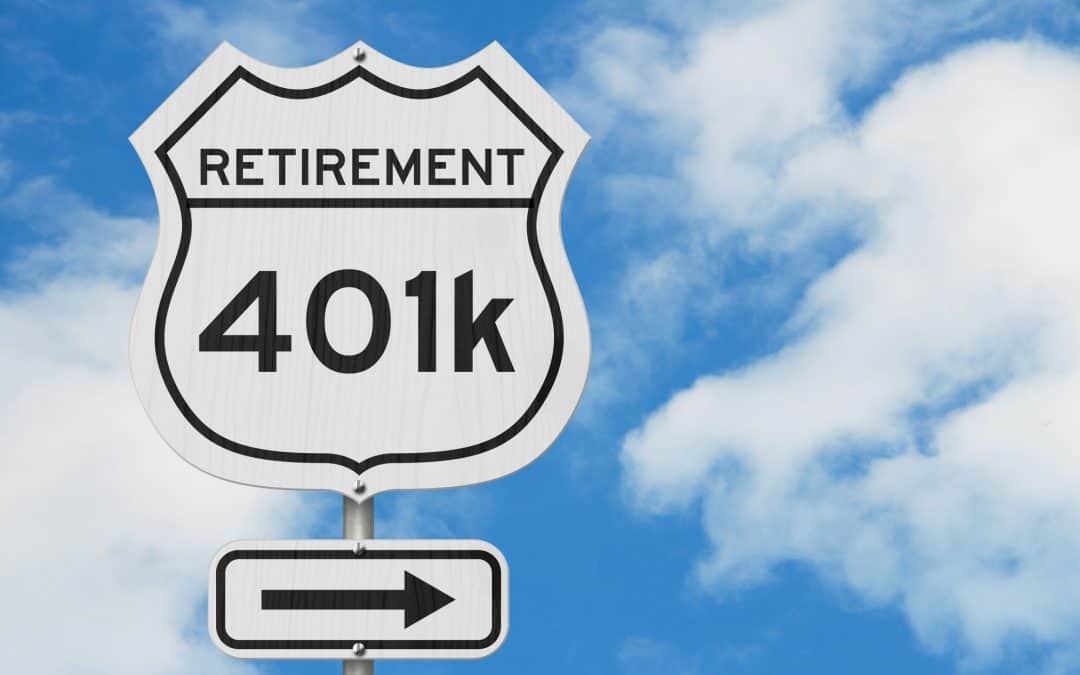401(k)s are great, right? High contribution limits, no need to manually transfer funds, and then there’s that sweet employer match. That stuff is all true, but like any retirement account, there are drawbacks to housing your nest egg in a 401(k), some of which you might not realize until retirement. Let’s take a look at three and what you can do to minimize the pain.
1. High fees take a chunk out of your savings every year
You pay 401(k) fees every year, and that doesn’t stop in retirement. These accounts have reporting requirements, plus someone has to host the website where you can view your balance and alter your investments. Someone also has to facilitate rollovers if you leave your job. All that stuff costs money, and your plan administrator takes what it needs out of your account every year.
Then there are the fees attached to your investments, like the expense ratios on mutual funds. These are what you pay the fund manager to do the work of buying and selling investments so you can make money.
Every 401(k) plan’s fees are a little different. They depend on several factors, like the number of people enrolled in the company’s 401(k) and what you invest in. One of the biggest drawbacks to 401(k)s is that they’re usually more expensive than IRAs. That can come back to bite you in retirement when you can no longer contribute to your 401(k), but you’re still paying its high costs.
There’s an easy way around this, though. You can transfer your funds to an IRA after you retire. This gives you more freedom over how you invest your money, and it can help you avoid losing too much of your savings to fees.
2. You’ll owe taxes on most 401(k) distributions
You get a tax break the year you make most 401(k) contributions, but then you owe the government its cut when you take the money out in retirement. This could save you money if you’re in a lower tax bracket in retirement than you were while you were working. But if you’re in the same or a higher tax bracket, you could find yourself paying through the nose to use the money you’ve spent decades saving.
If you don’t think a traditional 401(k) makes sense for you from a tax standpoint, you could save in a Roth 401(k), assuming your employer offers one. You pay taxes on these contributions upfront, but your withdrawals in retirement are tax-free. However, that doesn’t apply to employer matches. These contributions are tax-deferred, just like traditional 401(k) contributions.
You could try saving in a Roth IRA if your company doesn’t offer Roth 401(k)s. These accounts are taxed the same way, but Roth IRAs give you way more freedom to invest how you want. The downside is that you can only contribute up to $6,000 to an IRA in 2021, or $7,000 if you’re 50 or older, compared to $19,500 and $26,000, respectively, with a 401(k). However, you could always start saving in your 401(k) to get your company match, then switch to the Roth IRA until you max it out, and then switch back to your 401(k) if necessary.
Even if you have some Roth savings, you probably won’t avoid taxes in retirement altogether, so you have to be prepared. Think about how your estimated annual retirement income will compare to your annual income today and try to predict which tax bracket you’ll end up in. This can give you a rough idea of how much you might owe the government in the future.
3. The government makes you take money out starting at 72
Everyone has to start taking mandatory 401(k) withdrawals beginning at 72, unless you’re still working and own less than 5% of the company you work for. In that case, you can delay these withdrawals, known as required minimum distributions (RMDs), from your current 401(k) only until the year you retire.
How much you need to withdraw annually depends on the balance of the account and your age. You can figure out how much you’ll owe using this worksheet. For example, if you have a $750,000 balance and you have to take your first RMD at 72, you’d divide your balance by the distribution period for a 72-year-old — 25.6 — and get approximately $29,297. That’s the minimum you have to take out, but you’re free to withdraw more if you wish.
It’s not a problem if you already planned to take out that much to cover your expenses. But if that’s more than you need, it could end up raising your tax bill more than you planned in retirement.
With Roth 401(k)s, there’s an easy way to avoid this. Just roll over your 401(k) funds to a Roth IRA. It’s the only retirement account the government doesn’t require RMDs from. But if you have a traditional 401(k), shielding your money from RMDs isn’t as easy. You could do it by moving your funds to a traditional IRA and then doing a Roth IRA conversion, but that’s a lot of work and it may not make financial sense for you, depending on how much you earn.
Just like with taxes, if you can’t avoid RMDs, you need to keep them on your radar so you can prepare yourself for them. If you’re a long way off from retirement, keep an eye on the rules because they can change over time. Before 2020, RMDs started at 70 1/2, not 72, so a similar change in the future could affect when and how much you have to take out of your 401(k).
It’s worth it in the end
Saving with a 401(k) has its inconveniences, but the good outweighs the bad for most people. As long as you’re contributing regularly, choosing your investments wisely, and claiming any employer match you qualify for, your 401(k) will go a long way toward helping you achieve the retirement you want.

